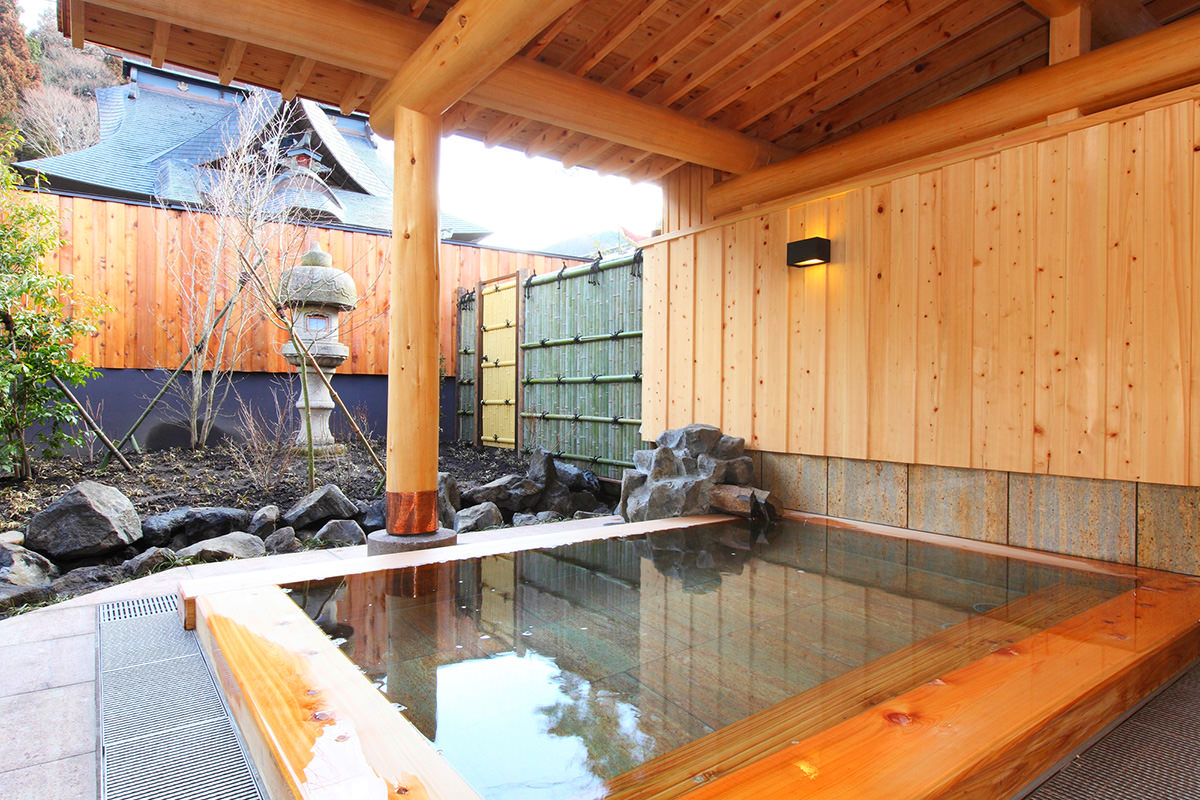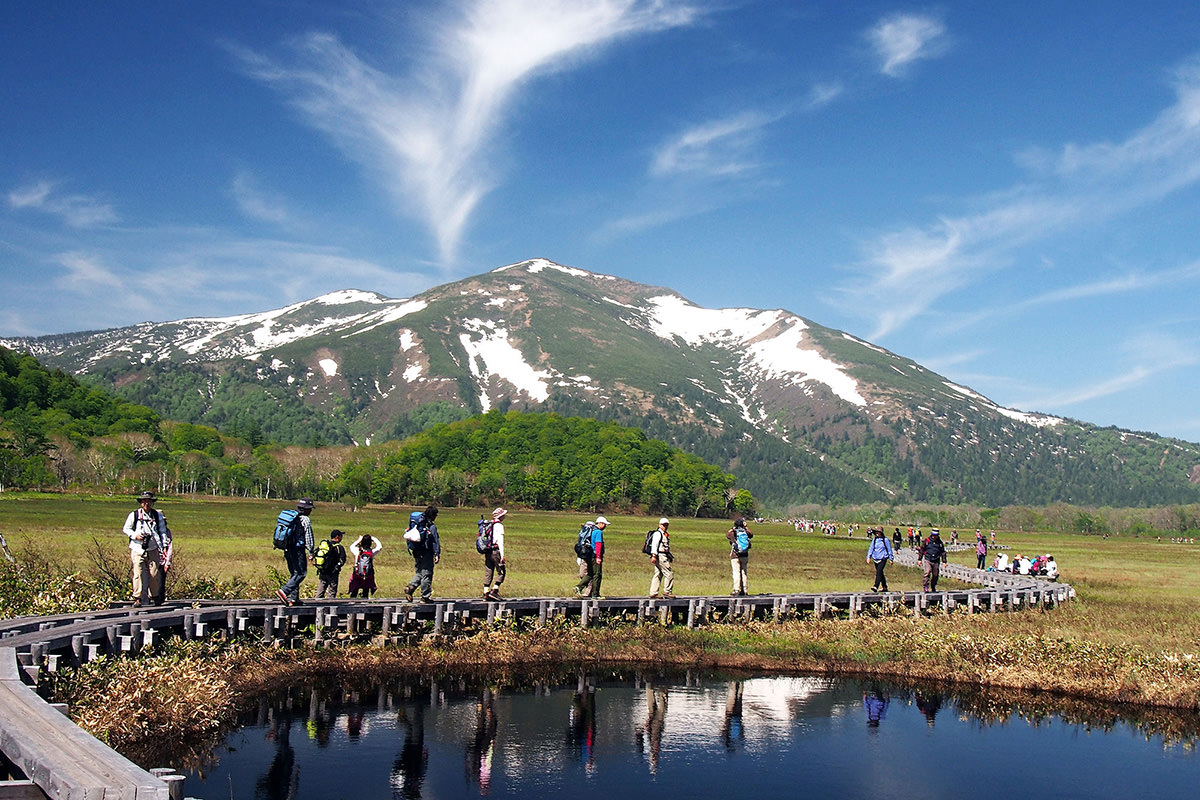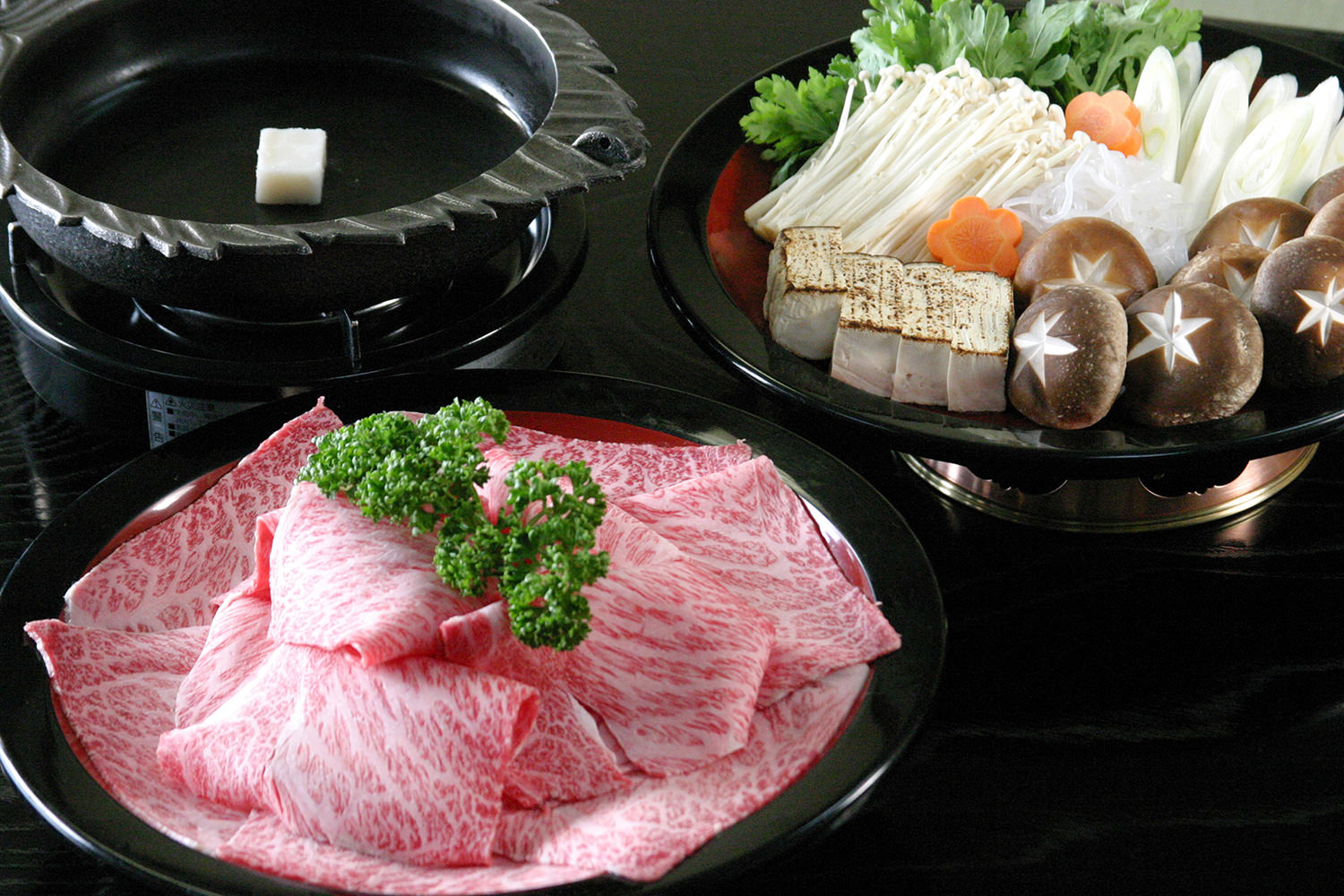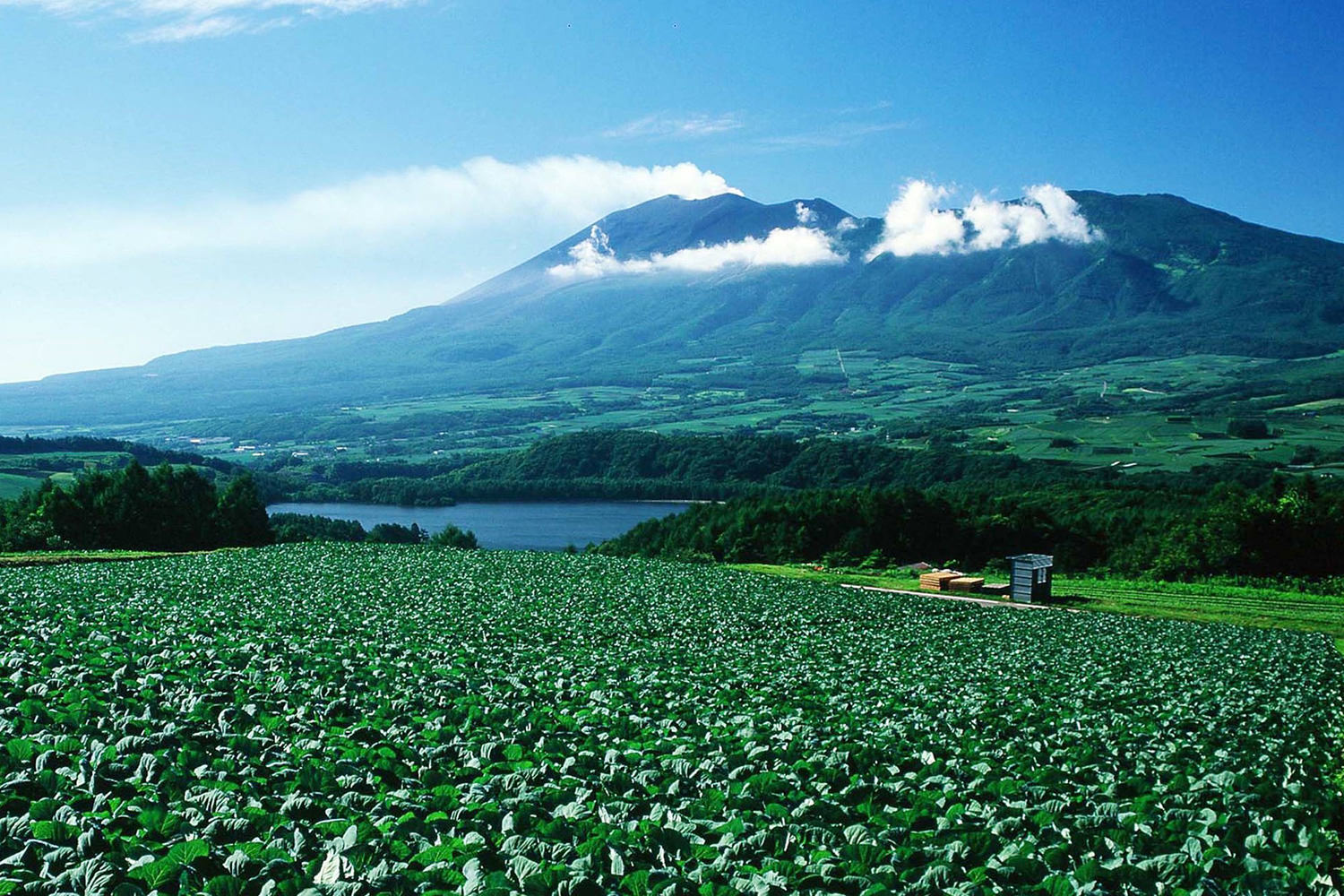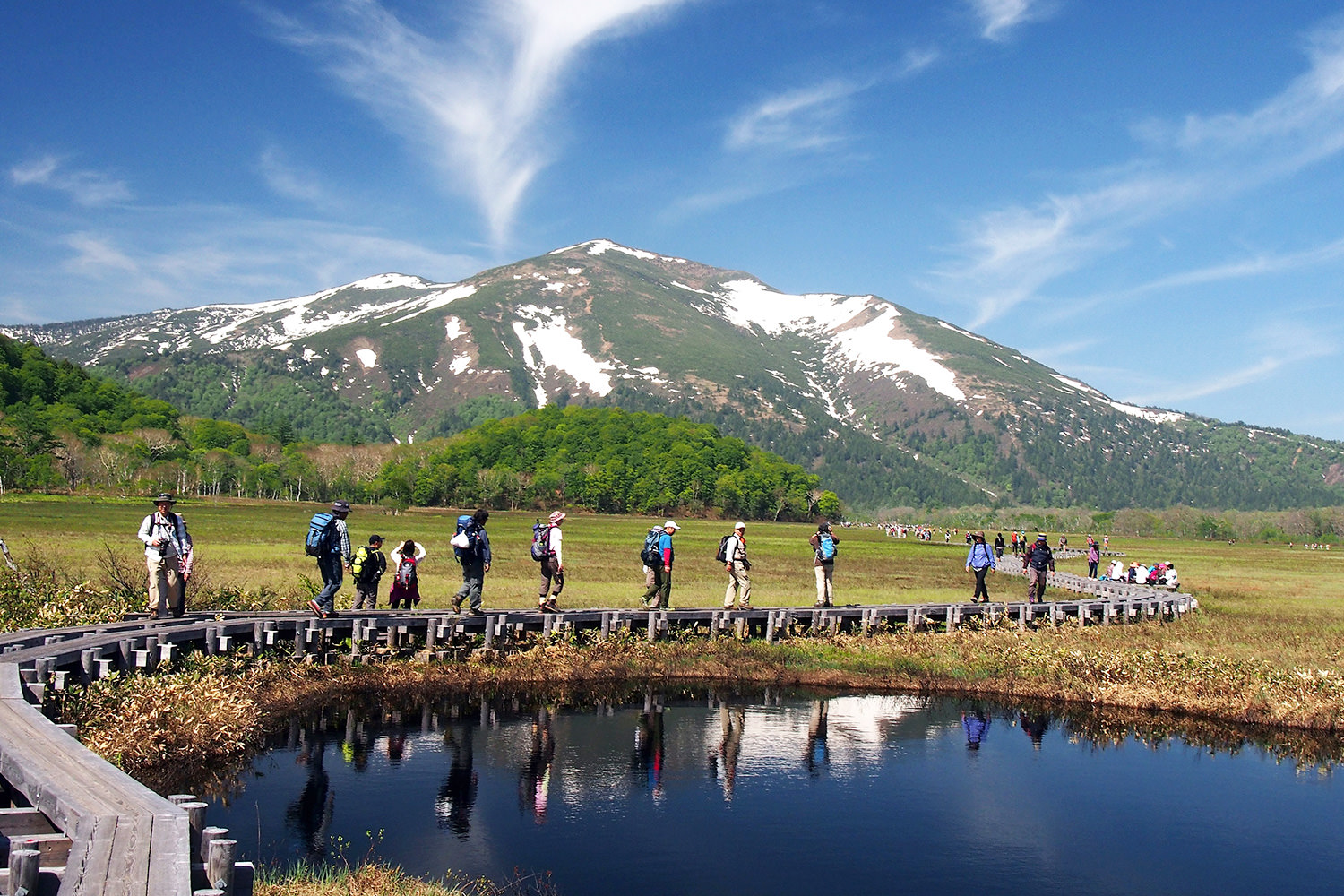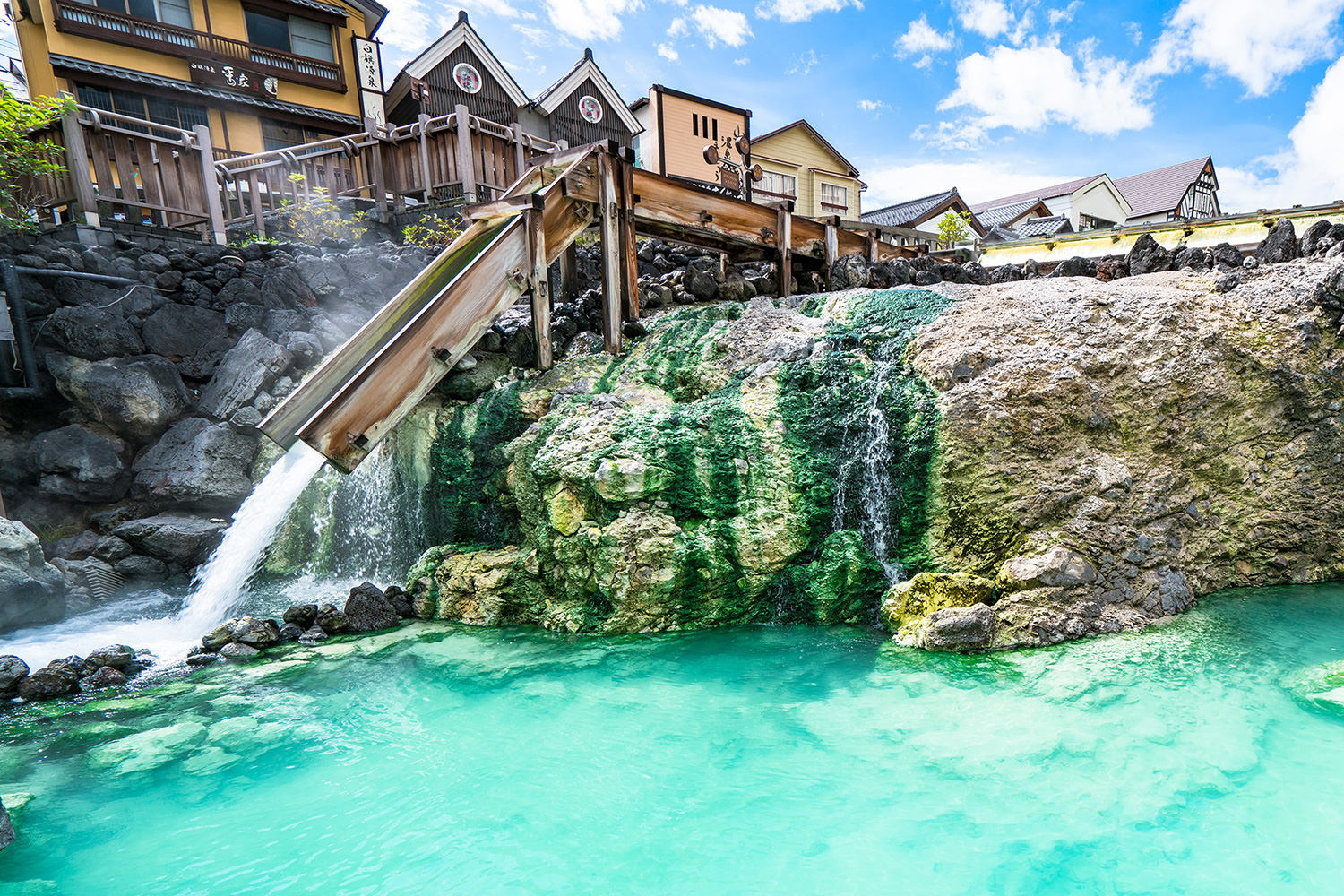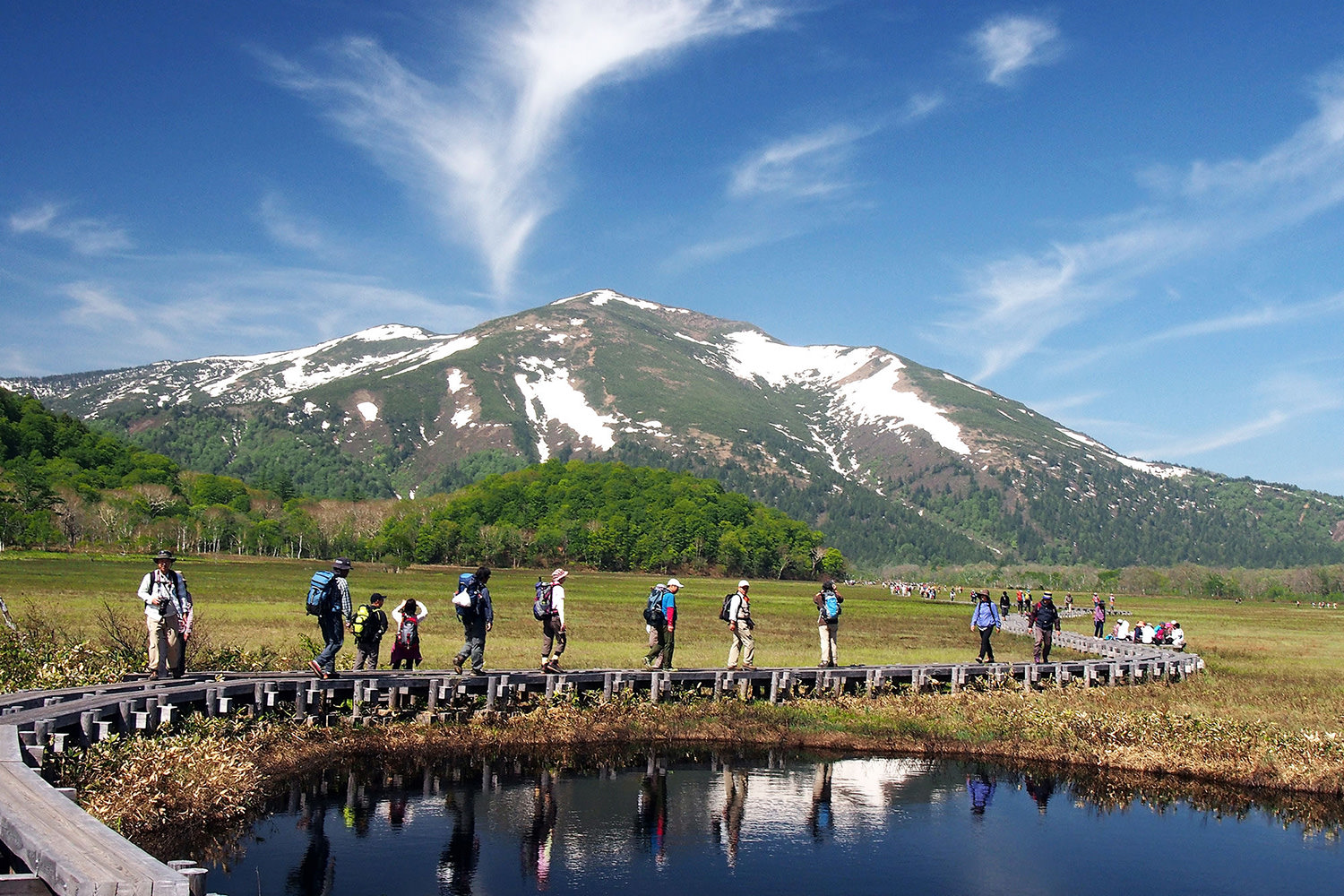STORY
Taste Gunma at its Sake Breweries
Gunma’s sake is an expression of its natural surroundings
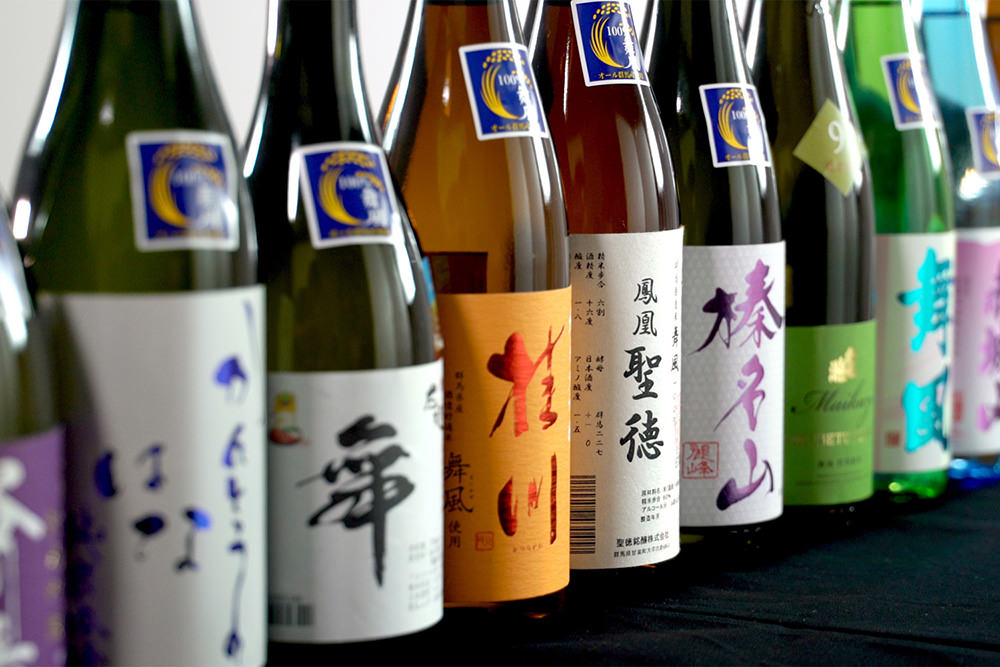
Last updated: July 29, 2021
Visitors are drawn to Gunma for its towering mountains, pristine rivers, and—in winter—its abundant powder snow. These same natural gifts are used by expert brewers to create delicious sake, Japan’s most famous tipple. Pure water is an integral part of high-quality sake, and Gunma’s snowmelt-fed streams are crystal clear. Sake also requires consistently cool temperatures, so Gunma’s mountainous geography encouraged brewing to flourish, even long before modern climate control systems were developed.







